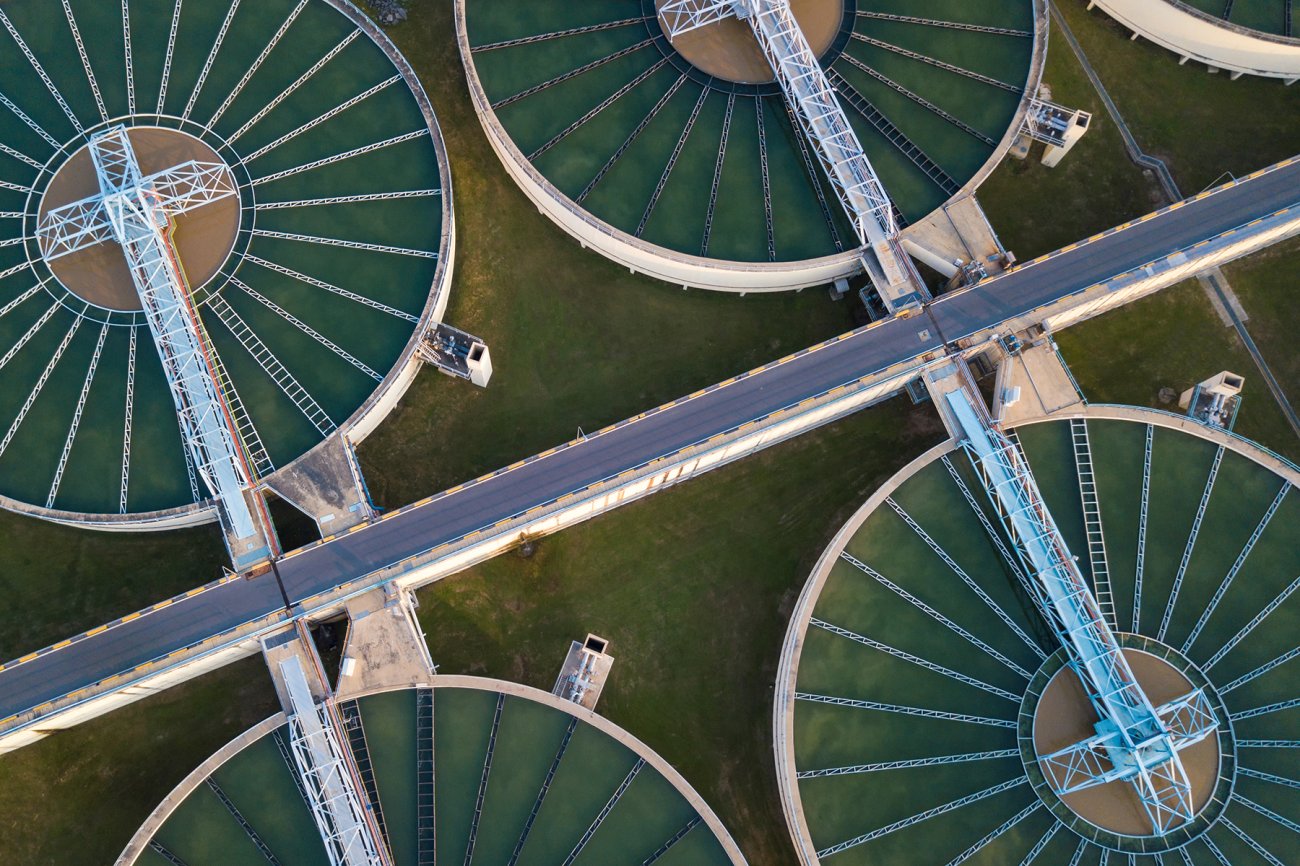10 Simple Techniques For Reclaim Waste
Wiki Article
Reclaim Waste Can Be Fun For Anyone
Table of ContentsThe Basic Principles Of Reclaim Waste 10 Simple Techniques For Reclaim WasteThe Main Principles Of Reclaim Waste Indicators on Reclaim Waste You Need To KnowAbout Reclaim Waste
Domestic sewage waste refers to the waste and items from a residential septic container. The correct administration and disposal of domestic sewage waste call for fluid waste to be transferred to a sewage therapy plant where the appropriate techniques and devices are used to purify and dispose of waste.
Industrial waste frequently consists of possible hazards, such as flammable materials or a combination of liquid and solid waste items, and calls for a more sophisticated and detailed disposal process. The disposal of industrial waste normally involves the filtration of waste before transportation to ensure risk-free and proper disposal. Industrial waste is produced from by-products and runoff of commercial procedures and manufacturing.
This sort of waste can not use the same sewage administration transport or procedures as septic or business fluids. The hazardous waste monitoring procedure requires the assessment and testing of fluid waste before it undergoes the disposal procedure (liquid waste disposal). Runoff waste is the liquid waste that comes from overflow and excess stormwater in very populated locations or cities
Runoff waste can cause contamination and flooding if not managed appropriately. Making sure proper waste administration can avoid catastrophes and decrease ecological damage.
Not known Facts About Reclaim Waste
Call PROS Services today to learn more about our waste administration and disposal solutions and the proper ways to look after the liquid waste you create.(https://writeablog.net/reclaimwaste1/reclaiming-resources-a-comprehensive-guide-to-industrial-wastewater-treatment)This so-called 'wastewater' is not just a crucial source but, after treatment, will be launched to our land, waterways or the sea. Utilized water from commodes, showers, baths, kitchen area sinks, laundries and commercial processes is understood as wastewater.

water used to cool down equipment or tidy plant and equipment). Stormwater, a type of wastewater, is drainage that streams from agricultural and metropolitan locations such as roofing systems, parks, yards, roads, paths and seamless gutters right into stormwater drains, after rain. Stormwater moves neglected straight to neighborhood creeks or rivers, at some point reaching the ocean.
The Reclaim Waste Diaries
In Queensland, the majority of wastewater is treated at sewage therapy plants. Wastewater is moved from residential or industrial websites via a system of sewage systems and pump terminals, referred to as sewerage reticulation, to a sewage treatment plant. Neighborhood governments build, maintain and run most sewer therapy plants. Operators are certified under the Environmental Management Act 1994 to release cured wastewater at an acceptable environmental standard right into waterways.The Department of Natural Resources recommends city governments concerning handling, operating and keeping sewerage systems and treatment plants. In unsewered locations, regional governments might need householders to mount specific or house sewer treatment systems to treat domestic wastewater from toilets, cooking areas, washrooms and washings. The Division of Natural Resources authorises using house systems when they More Info are confirmed to be efficient.
Most stormwater obtains no treatment. In some brand-new communities, treatment of some stormwater to get rid of litter, sand and crushed rock has actually begun making use of gross contaminant traps. Wastewater treatment occurs in 4 stages: Eliminates solid issue. Bigger solids, such as plastics and other items mistakenly released to sewers, are removed when wastewater is travelled through displays.
Wastewater after that moves right into big containers where solids settle and are removed as sludge. Oil and residue are skimmed from the surface. Uses little living organisms understands as micro-organisms to break down and get rid of continuing to be dissolved wastes and fine bits. Micro-organisms and wastes are integrated in the sludge. Eliminates nitrogen and phosphorus nutrients that could cause algal blooms in our waterways and intimidate aquatic life.
An Unbiased View of Reclaim Waste
Nutrient elimination is not readily available at all sewage treatment plants since it calls for costly specialized tools. Clear liquid effluent produced after therapy may still consist of disease-causing micro-organisms - industrial wastewater treatment.
The majority of wastewater moves into the sewage system. Under the Act, neighborhood governments carry out approvals and permits for ecologically appropriate activities (ERAs) involving wastewater launches that could have a regional influence.
The Best Strategy To Use For Reclaim Waste
Or else, examples are considered lab evaluation. Often numerous tests are needed to establish the levels of each of the various pollutants such as oils, heavy metals and chemicals in water. Tracking supplies accurate details concerning water top quality and can validate that permit problems are being met. The details obtained through surveillance gives the basis for making water quality choices.Report this wiki page